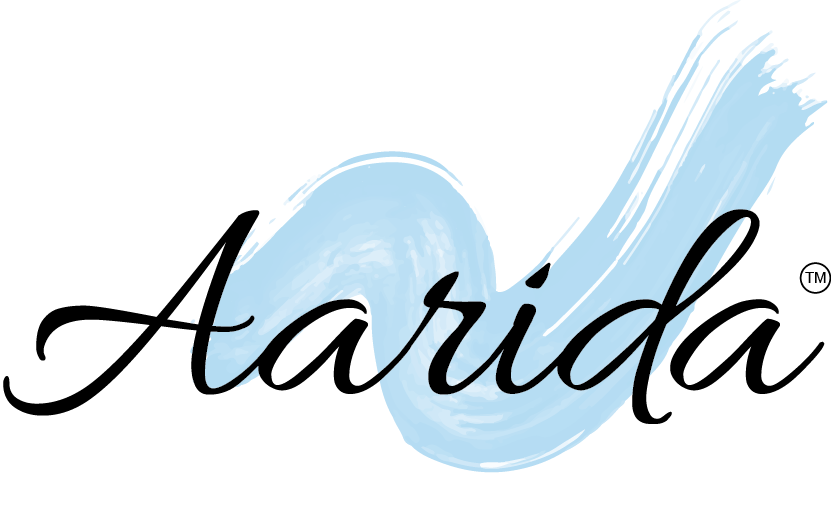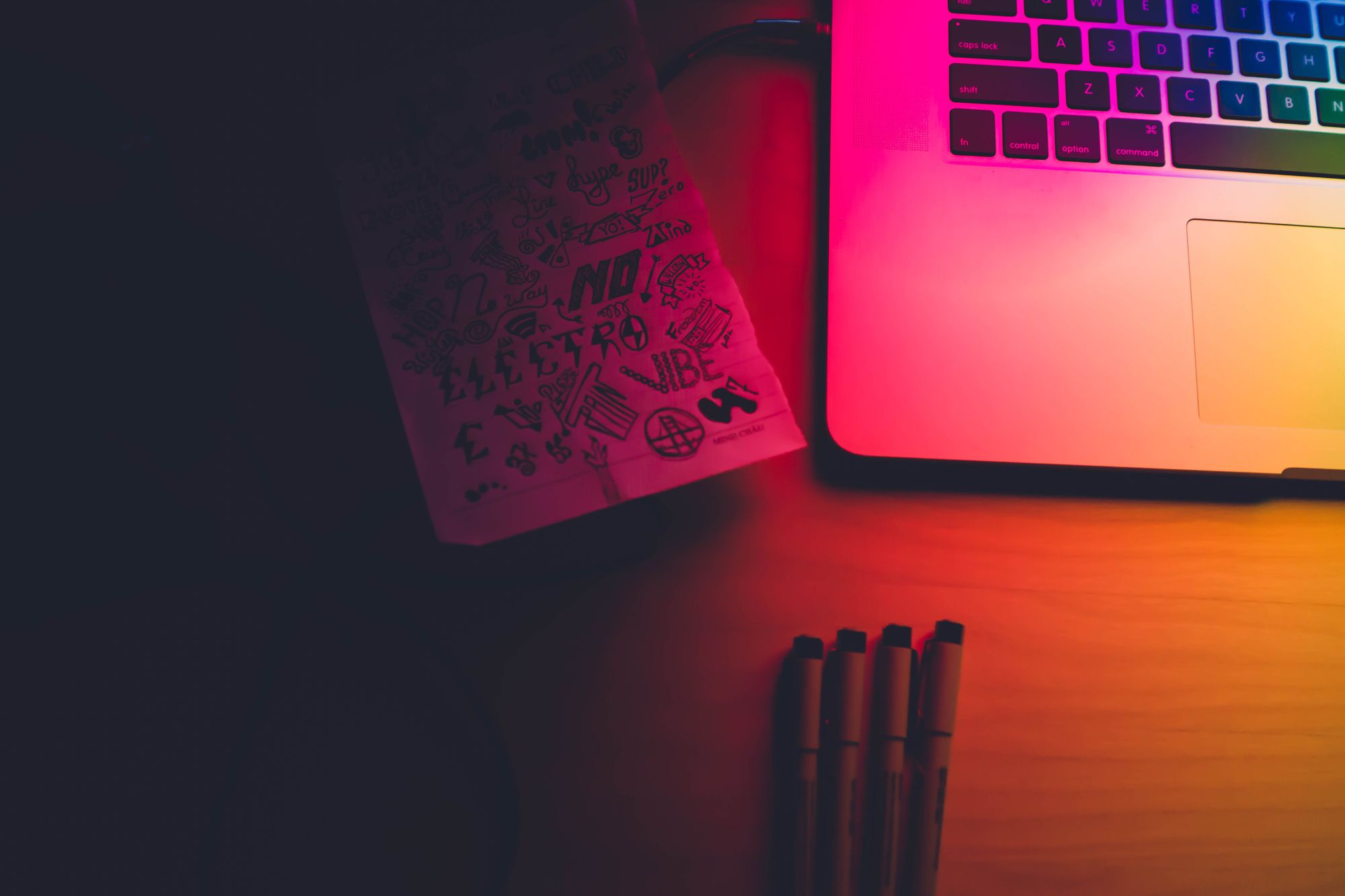Feeling uninspired? Stuck in a rut? We’ve all been there and know how tricky it is to get back in the hang of things. Whether you’re writing an article or designing a catalog, a mood board is one of the tried-and-tested methods that is often underrated, but has the great power to get your creative juices flowing.
What is a Mood Board?
Mood boards can have different meaning to different people particularly because it could be used in two ways: to draw inspiration from, and to help you better project an idea to others. Thus a mood board turns out to be a physical or digital collage of ideas that is commonly used in a variety of fields, such as fashion, interior design, & to name a few more.

The DO’s & DON’Ts
When it comes to creation of mood board, there isn’t any specific rule to follow. It really depends on your frame of mind at that moment. Here are some tips that help you craft a great mood board along with some things you might want to avoid.
Browse for inspiration in real life
Whether you take a walk in the park, go to the grocery store or peek out of the window, potential inspiration is literally everywhere. You just need to keep an active eye for your surrounds and you will be startled by how much interesting frames your sight could catch. Use the camera on your phone to take pictures of everything you see that inspires you, whether that is an interesting building or just a cool sign. It’s all about capturing thoughts, themes and feelings.

DON’T rely solely on digital inspiration even if you decide to create a digital mood board. Regardless of you go digital or physical, real world inspiration is all around us so why not take advantage of that!
Curate what you include
Consider yourself as an art curator and of your mood board as an exhibition. Your mood board needs to connect with people and give them a cocktail of emotions, better understanding, new views and emotions. Keep in mind that your mood board should tell a story. Try introducing threads from one image to another rather than just scatter them with no purpose at all.

DON’T copy. When dealing with a lot of material to choose from, it could all get quite overwhelming for you and easy to slip down the plagiarism path. Needless to say, this practice won’t help you create a true mood board for yourself; it will rather make you follow other people’s vision about certain things.
Focus on one theme
Choosing a style for your design could give you a visual theme to work from and make your concept look more pulled together. Once you choose a theme, you can translate your ideas clearly.
A good tip to make clear what the theme of your mood board is to focus on a larger image and to build the rest of the board around it.

DON’T be too literal. A mood board is meant to describe a mood, so you shouldn’t show only the items that are directly connected to your theme.
Remember that a theme can also be translated by using suggestive textures and visuals which are not necessarily linked to the subject of your mood board.

